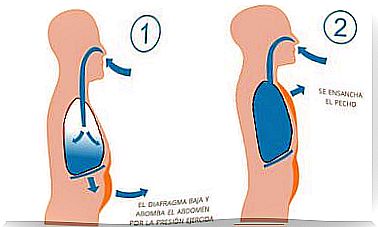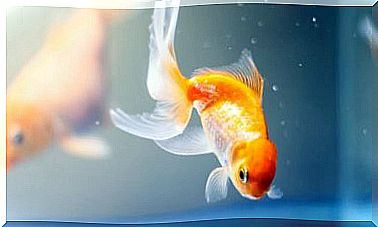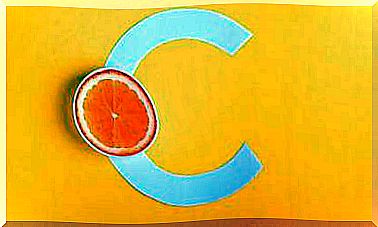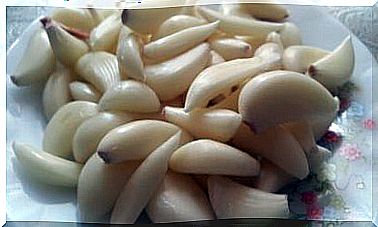Relaxation Techniques For Moments Of Crisis
Sometimes fear and anxiety take over people, especially in tense or high-stress situations. Consequently, the need arises to put into practice a series of relaxation techniques for moments of crisis.
While it is true that each person has different ways of reacting to difficult situations, in general it tends to increase stress, uncertainty and other emotions that affect mental health. For this reason, it is essential to intervene in a timely manner and support yourself with relaxing activities. Here are some options.
Relaxation techniques for moments of crisis: 4 alternatives
Children and adults alike are at risk for overwhelming emotions in the face of a stressful situation. These can be accompanied by changes in sleep patterns, concentration problems, and excessive worry.
In fact, for many, a moment of crisis can be the trigger for other problems, such as depression, changes in blood pressure, among others. Therefore, it is essential to pay attention to mental health and apply, as far as possible, some relaxation techniques for moments of crisis. Practice them with the whole family!
1. Progressive muscle relaxation
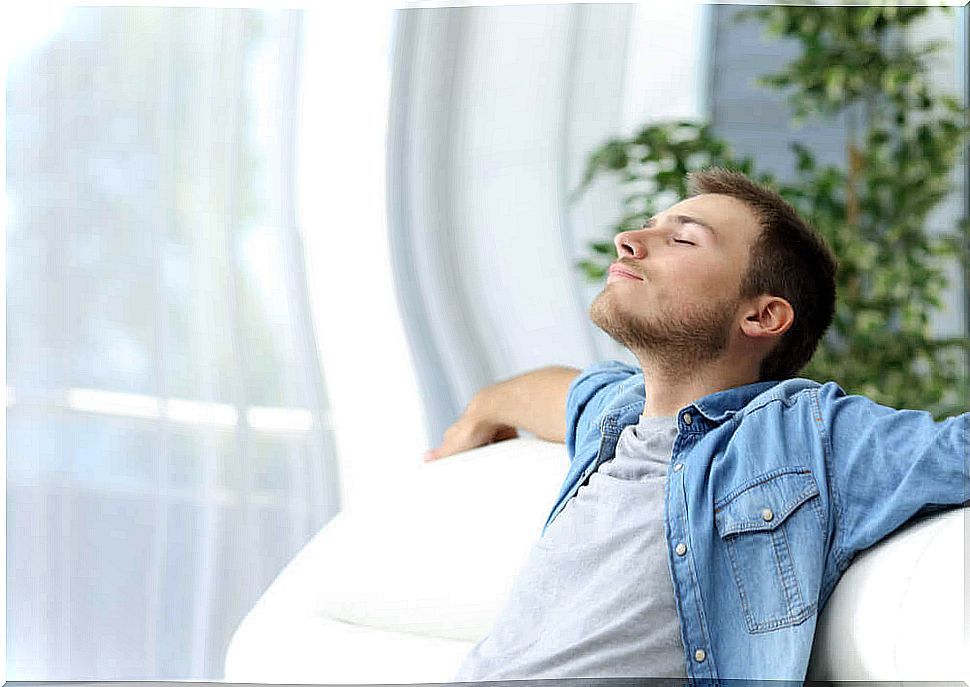
One of the most complete relaxation techniques for moments of crisis that we can find is progressive muscle relaxation. According to an article in the Michigan Medicine Health Library , this method helps reduce stress and anxiety states. It even favors the relief of physical symptoms such as muscle tension.
Among other benefits, it also helps to relax body and mind in case of sleeping difficulties. In this way, it contributes to an optimal and restorative rest. The method can be applied with the help of soothing sounds, or in complete silence. Let’s see how to do it.
- First of all, it is convenient to choose a quiet place in the home, in which we can lie on our back and stretch comfortably.
- The first phase is to contract and relax the muscles from head to toe. We start with the face, neck and shoulders. We tense them, but without causing us pain. We hold for 4 to 10 seconds and then, holding a deep and slow breath, we relax for 10 to 20 seconds.
- Next, we move on to the next muscle group, arms and hands, and repeat the exercise. The idea is to follow the same dynamics in the legs, back, thorax, abdomen and waist.
- It is important to try to notice the difference in how tight muscles feel and how they feel as the exercise progresses.
- When we finish all muscle groups, we count down from 5 to 1 to get back to the present moment.
2. Yoga and Pilates
Yoga and Pilates have something in common: both disciplines combine physical and breathing exercises, which contributes to reaching a state of relaxation. Research published in the Journal of Exercise Rehabilitation supports the physical and mental benefits of these types of techniques.
They have a positive effect in times of crisis; They are a form of physical activity and, therefore, reduce the effects of sedentary lifestyle.
Yoga has many styles and levels of intensity. Ideally, start with easy poses while building resistance. In addition, it is advisable to seek guidance on how to do the postures properly, since a bad movement can be counterproductive.
Pilates, for its part, involves physical and mental training in which movements are combined with breathing and awareness exercises. Some mobile applications and online videos can help your practice.
3. Positive visualization for moments of crisis
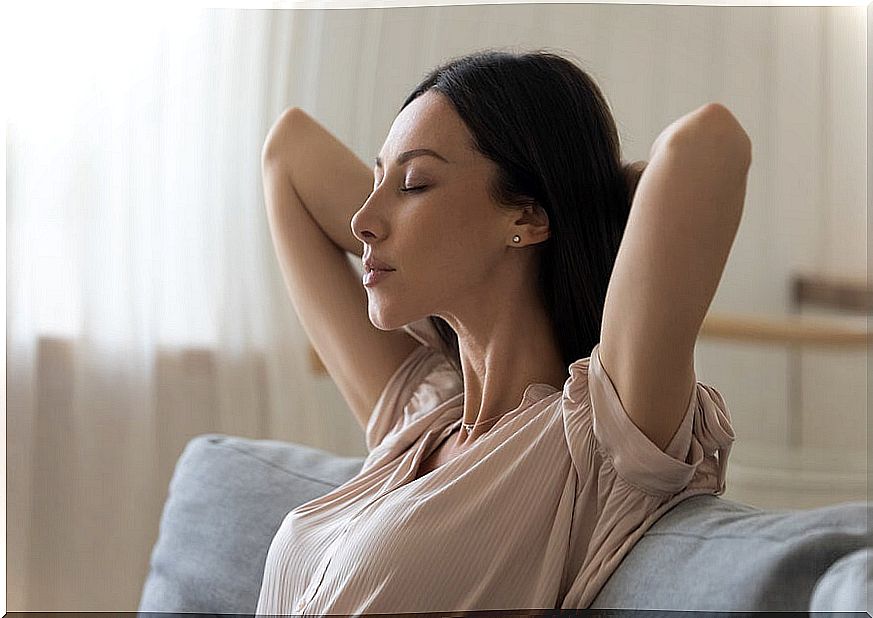
In times of crisis it is often difficult to maintain optimistic thinking. However, there are techniques like positive visualization that help counteract those overwhelming and negative thoughts. This form of relaxation is a variation on traditional meditation.
A trial published through the Journal of Evidence-Based Complementary & Alternative Medicine determined that its practice can help improve mood, fatigue states, and quality of life in patients with multiple sclerosis. Therefore, it is believed to have similar effects in other difficult situations.
It consists of visually recreating situations that we would like to experience, or remembering happy moments from the past, focusing on the smell, touch and sounds of what we imagine. Like other forms of meditation, it should be done in a calm, quiet place, away from distractions.
4. Draw mandalas
Drawing and coloring mandalas is a relaxation technique, which also serves as hobbies now in times of quarantine. In Hindu and Buddhist culture, these designs symbolize the universe; In addition, they are considered a good way to get into meditation or mindfulness.
The word ” mandala ” means “sacred circle” in our language. A study published in the Inonu University Journal of the Faculty of Education (INUJFE) supports its anti-anxiety benefits. It is even suggested that they help alleviate states of nervousness.
Are there more relaxation techniques for times of crisis?
Of course. In addition to the techniques that we have discussed, there is a wide variety of relaxation exercises that can help emotional balance in times of crisis. Diaphragmatic breathing, mindfulness , mantras, and tai chi are other interesting examples.
In addition to this, it is convenient to maintain good habits such as healthy eating and physical exercise. Also, whenever possible, it is important to spend time as a family and maintain good communication with loved ones who are not around. All of this undoubtedly helps mental health care in difficult situations.
